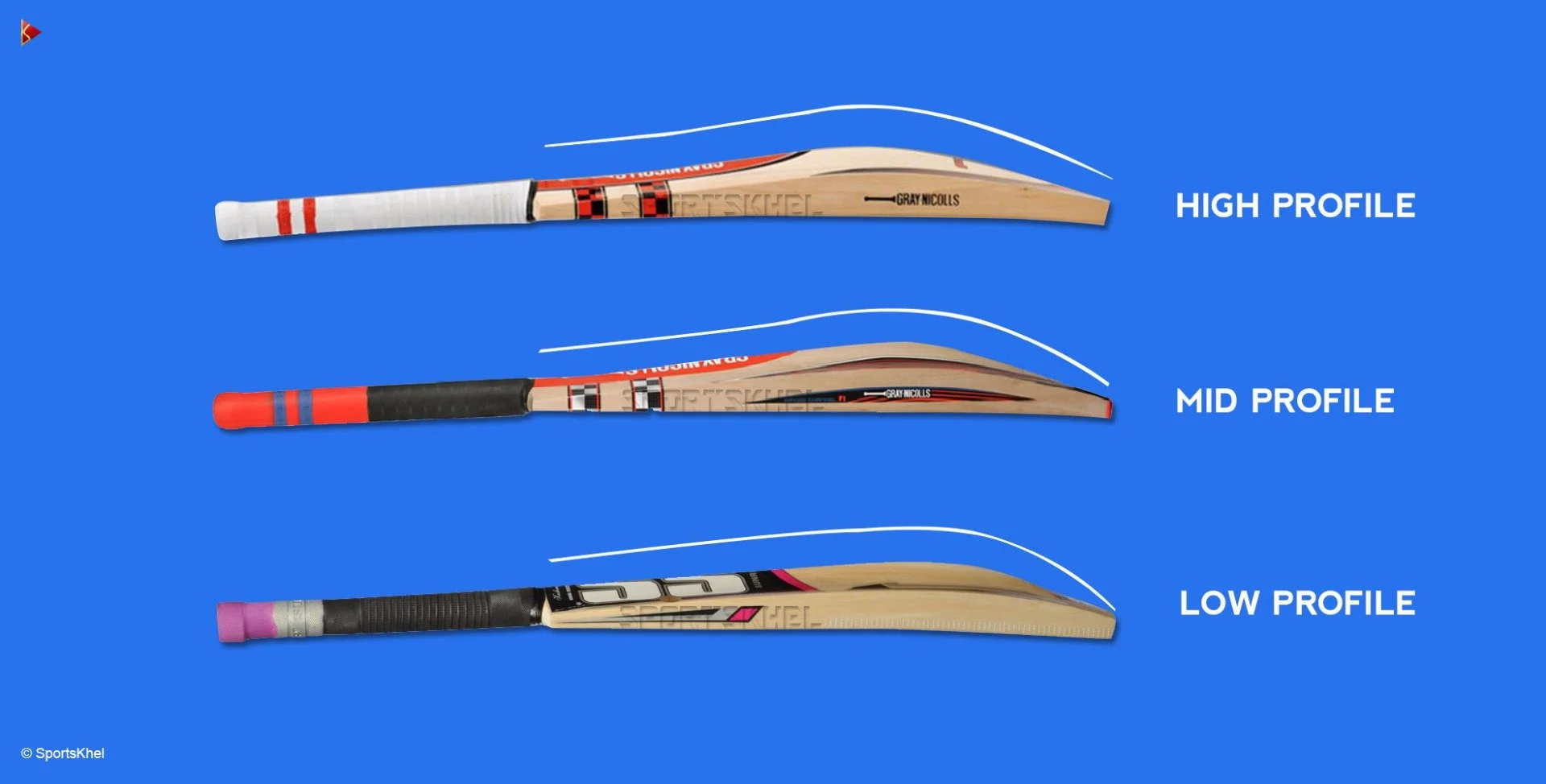Cricket is a sport that has evolved over the centuries, but the equipment, especially the cricket bat, remains one of the most important aspects of the game. The shape of the cricket bat is essential for enhancing the player’s performance and making the game enjoyable. In this blog, we will explore the different factors influencing the cricket bat shape and why they matter for both amateur and professional players.
Wants to know why grains are important in a cricket bat?
The Evolution of the Cricket Bat Shape
The history of the cricket bat shape dates back to the early days of cricket, where the shape was designed simply for functionality. In the past, cricket bats were primarily flat with little or no curvature, making them heavier and harder to handle. However, over time, the need for better maneuverability and increased power led to innovations in bat design.
Modern-day cricket bat shapes are carefully crafted for optimal performance. The blade, edges, and sweet spot are all designed with specific geometry to suit various playing styles. The continuous refinement of the bat’s shape has made cricket a faster-paced game, allowing players to hit bigger and more consistent shots.
Types of Cricket Bat Shapes
There are various cricket bat shapes that cater to different playing techniques and preferences. Here are some of the most popular designs:
Traditional Shape
The traditional cricket bat shape is the classic design most people are familiar with. It has a straight blade with minimal curve and typically features a thinner profile. This shape offers a more balanced feel and is preferred by players who rely on timing and placement over raw power. The sweet spot in this bat is usually located in the middle of the blade.
The Profile Shape
One of the more recent advancements in cricket bat shape is the profile bat, which is known for its distinctive curve and thicker edges. The profile shape allows for better power generation and is often preferred by aggressive players who look to hit big shots. These bats are designed to have a larger sweet spot and offer more power, making them suitable for power hitters and boundary players.
The “Big Edge” Bat Shape
The “big edge” cricket bat shape has become extremely popular in modern cricket. This shape is characterized by an exaggerated curve and large edges that enhance the power in shots, especially for those who rely on forceful hits. Players who use this bat tend to go for a more aggressive approach, and the extra thickness of the bat increases durability.
The Contoured Shape
The contoured cricket bat shape is designed with a slightly more ergonomic approach. The back of the bat has a subtle curve, making it more comfortable to hold and swing. This bat shape is known for offering a good balance between power and control. It is ideal for players who want a bat that feels lighter while still generating power in their shots.
Impact of Cricket Bat Shape on Performance
The cricket bat shape plays a significant role in how a player performs on the field. The balance, weight distribution, and overall design of the bat can impact the timing, power, and control of the shots. Here’s how the shape affects your performance:
Sweet Spot: The sweet spot is the part of the bat that generates maximum power when the ball makes contact. A well-designed cricket bat shape places the sweet spot in the right location based on the player’s style. For example, a traditional shape often has a sweet spot in the middle, while a profile shape may have it higher or lower.
Power and Control: A thicker blade and larger edges in the bat help generate more power in the shots. However, this can come at the cost of control. Players who prioritize placement and timing may prefer a thinner, more controlled shape.
Weight Distribution: The shape of the cricket bat affects how the weight is distributed across the bat. Players who prefer lighter bats may opt for a contoured or traditional shape, while those who like to hit powerful shots may choose bats with more mass in the sweet spot.
Choosing the Right Shape
Selecting the ideal cricket bat shape is a personal decision that depends on your playing style, preferences, and experience level. Here are some key factors to consider when making your choice:
Playing Style
Your playing style should be the primary factor in choosing a shape. Aggressive players who play big shots will benefit from a bat with a larger sweet spot and thicker edges, such as the “big edge” or profile bat. On the other hand, more technical players who focus on precision and placement may prefer a traditional bat shape that offers better control.
Bat Weight
The weight of the bat is influenced by its shape. A thicker cricket bat shape will naturally be heavier, while a thinner bat may be lighter. It’s important to choose a weight that suits your ability to swing the bat comfortably while still generating enough power.
Comfort and Feel
The feel of the bat can make a significant difference in your performance. The cricket bat shape should feel comfortable in your hands and suit the way you play. Players should test the bat before purchasing to ensure that it feels well-balanced and easy to handle.





 No products in the cart.
No products in the cart.
Comment (1)